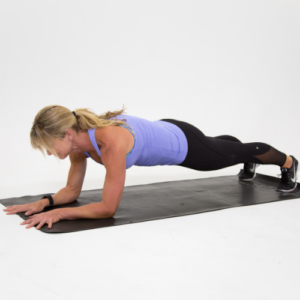Crunches are one of the most common abdominal exercises but are not always the most effective way to build muscle and strengthen your core. While crunches strengthen just a few muscle groups, holding a plank recruits a better balance of muscles on the front, sides, and back of the body.
Recently, the U.S. Army changed their ACFT to include planks, while both the USMC and Navy have transitioned from sit-ups/crunches to mandatory plank holds.
“Research has shown that crunches with the feet restrained require significant hip flexor activation,” Stephenson explained in a statement.
“This has been linked to an increased risk of injury, including lower back pain,” he added.
So, what exactly is it about planks that make them a more effective movement than crunches?

Planks don’t just work your core, They work your entire body. When performed correctly,
planking strengthens all the muscles that run up and down your spine, which helps you to stand, rotate, bend and lift with ease. And let’s not forget the bonus benefits of strengthening your arms, shoulders, glutes, and legs.
How to do a plank:
Lie prone (on your stomach face down) with your elbows bent directly underneath the shoulders, forearms, and palms firmly planted on the earth, fingers energized and spread out in front of you. Keep your gaze between your hands and do not let your head sag. Tuck the toes and contract your quads and glutes so the knees come off the floor. Engage the abdominals. You should be in a straight line from head to heels. Keep breathing
(don’t hold your breath) and hold this position for a specified time. We love starting out
plank holds Tabata style, 20 secs on and 10-second rest, then repeat. Give it a try!
A stronger core will increase your workout performance and all your everyday activities




